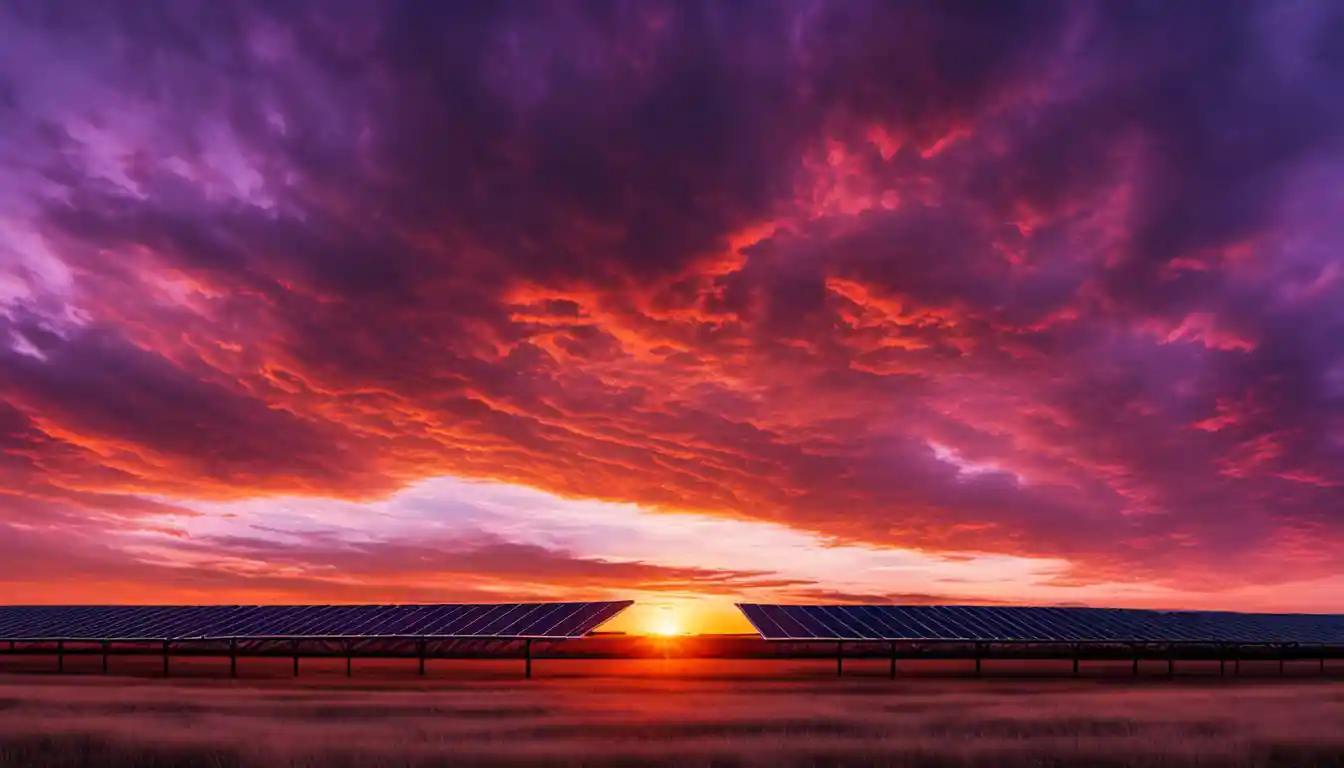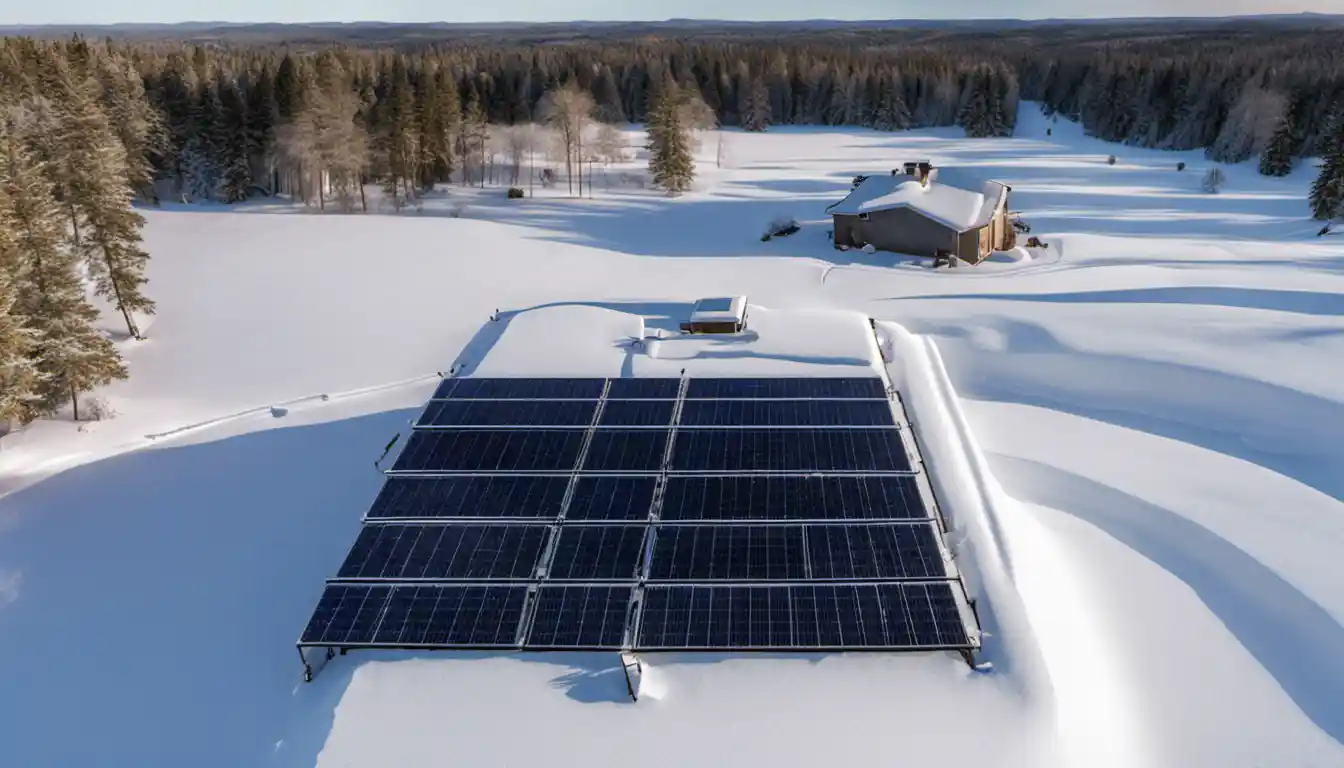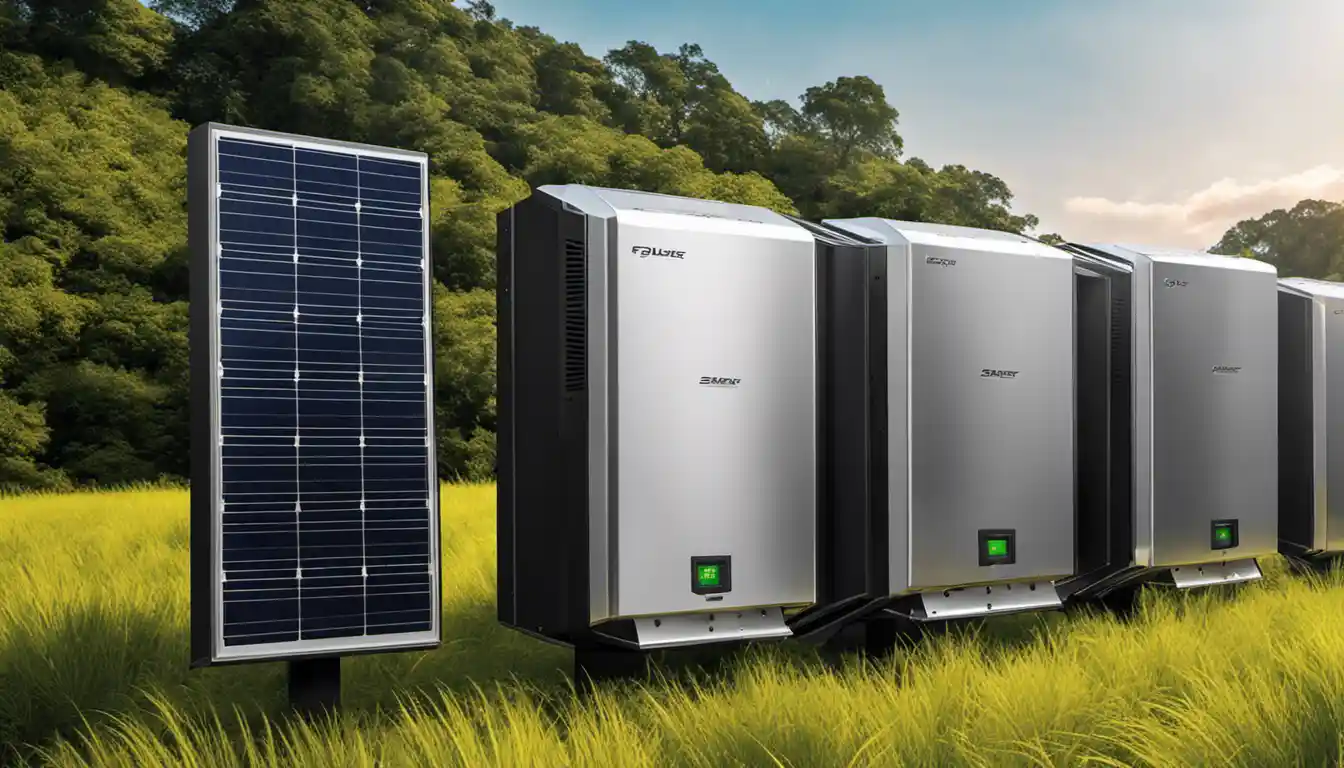Understanding Solar Inverters
Yes, solar inverters can be installed outside. They are generally weatherproof and built to withstand outdoor conditions. However, it is crucial to protect them from extreme weather and potential physical damage.
Defining Solar Inverter
Before we dive into the practicalities of installing a solar inverter outdoors, let’s take a moment to understand this vital piece of hardware. A solar inverter is one of the most critical components of a solar power system. After harnessing sunlight and converting it into DC power by the solar panels, we still need one crucial step before we can use this power: conversion to AC. That’s where the solar inverter comes into play.
Role and Function of a Solar Inverter in a Solar Power System
These incredible machines not only convert DC (Direct current) to AC (Alternative current) but also control the power flow, interact with the grid, monitor system performance, and more. As such, their correct placement impacts system efficiency and operational ease hugely.
Installing Solar Inverters Outside: Pros and Cons
While it seems logical to install the converter outdoors, close to the solar panels, the decision warrants some careful consideration. Here’s why.
Advantages of Installing Solar Inverter Outside
Having the solar inverter as close as possible to the solar panels could potentially increase the power output, establish a more straightforward, less expensive installation, and simplify future maintenance operations.
Disadvantages of Installing Solar Inverter Outside
Conversely, installing solar inverters outside exposes them to the harsh elements, which may shorten their lifespan and reduce long-term reliability. The challenge becomes more significant if the region experiences harsh weather conditions, such as extreme heat, snow, or heavy rain.
Can Solar Inverters Be Installed Outside?
Yes, definitely, but heed the considerations below.
Factors to Consider When Installing Solar Inverters Outside

Proximity to the Solar Modules/ Panels
As stated earlier, proximity to the solar modules can increase efficiency by reducing power loss. Envision your property and consider how you can position the solar inverter to be the most productive. (Learn more about how to connect a solar panel to an inverter [/connect-solar-panel-to-inverter].)
Dependence on Wireless Connectivity
If your solar inverter includes monitoring features requiring a Wi-Fi connection, ensure that the device is within the Wi-Fi range.
Proximity to Switchboards for Efficiency and Cost Management
Optimize cable lengths by positioning the inverter near the switchboard when feasible. Remember, every foot of cable costs money and potentially loses energy.
The Impact of Weather and Outdoor Conditions on Solar Inverters
Let’s discuss how specific weather conditions might influence your solar inverters.
Dealing with High Temperatures and Solar Inverters
High temperatures could cause your inverter to derate, reducing its efficiency. Install it in a shaded area to avoid direct prolonged sun exposure, and remember that ventilation is essential to prevent overheating.
How Rain and Moisture Can Affect Solar Inverters
Water and electricity don’t mix well – an obvious but often overlooked fact. Hence, it’s vital to ensure an outdoor inverter is waterproof, or at least highly resistant to water and moisture.
The Effect of Frost and Snow on Solar Inverters

Solar inverters can endure cold, but not the problems often accompanying frost and snow, such as water ingress and damage from falling icicles. Position the inverter accordingly and provide winter protection if necessary.
Are Solar Inverters Waterproof?
An all-important question for any potential outdoor installation is: Are solar inverters waterproof? To help determine this, we turn to the Ingress Protection (IP) ratings.
Understanding IP Ratings for Solar Inverters
What is IP Rating?
Simply put, an IP rating denotes how resilient a product is to foreign object intrusion. The first digit refers to solid objects and dust, while the second digit indicates resistance to liquids.
IP Ratings Applicable to Solar Inverters
Here’s where the stakes rise. Most solar inverters carry IP65 rating, making them dust-tight and capable of withstanding jets of water. Some even boast an IP67 rating, meaning immersion in water up to 1 meter won’t harm them.
Precautions When Installing Solar Inverters Outside
While that rating might sound assuring, it doesn’t give you free rein to plunge your inverter into a pool. Consider professional installation advice, ensure secure and sealed connections, and position it or provide protection to avoid water accumulation.
Solar Inverter Aesthetics and Placement Options
What Does a Solar Inverter Look Like?

Typically, a solar inverter resembles a non-descript metal box, not a likely contender for a design award. It’s functional, and most people prefer not to showcase it.
Finding the Best Location for Your Solar Inverter
In light of the aesthetic slant, some homeowners opt to install their solar inverters where they’re readily accessible but not readily visible. An out-of-the-way spot on a wall, a utility area, beneath solar arrays, or on sturdy poles are all popular solutions.
Importance of Surge/Lightning Protection for Solar Inverters
What is a Surge Protection Device?
A surge protection device is a vital piece of the solar installation puzzle. Its primary function is to protect the inverter and the entire solar power system from power surges and lightning strikes.
Role of a Surge Protection Device in Protecting Solar Inverters
Have you ever seen a home appliance fried after a thunderstorm? Lightning can strike miles away and send a power surge into your solar system, damaging components. Solar inverters, due to their outdoor location, are particularly susceptible to such surges. Protecting it with a surge/lightning protection device helps safeguard your investment.
Installing a Surge Protection Device with Your Solar Inverter
The device installation depends heavily on your site-specific attributes. However, it typically resides in the DC combiner box, the main distribution panel, or right beside the inverter for greatest effectiveness.
Conclusion
There’s no simple answer to “Can solar inverters be installed outside?” as it depends on numerous factors, including local weather, connectivity, aesthetics, and system requirements. However, with ample knowledge, thoughtful consideration, and careful planning, outdoor installation can be an excellent choice for certain homeowners.
Recall that you have a say in protecting your investment, and each choice, such as adding a surge protector or considering the inverter’s proximity to the solar panels, can enhance system longevity and efficiency. Here’s to making an informed decision!



